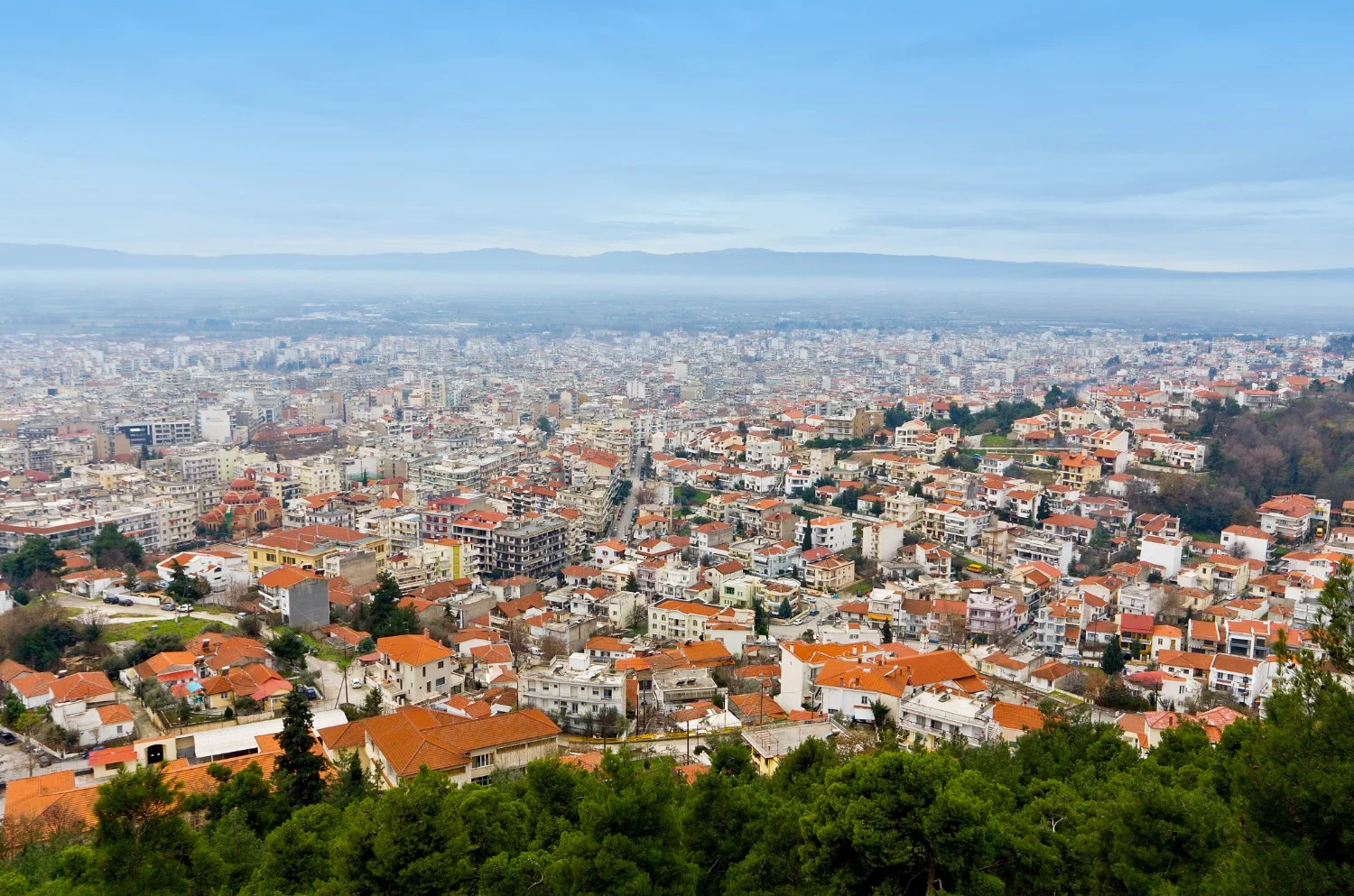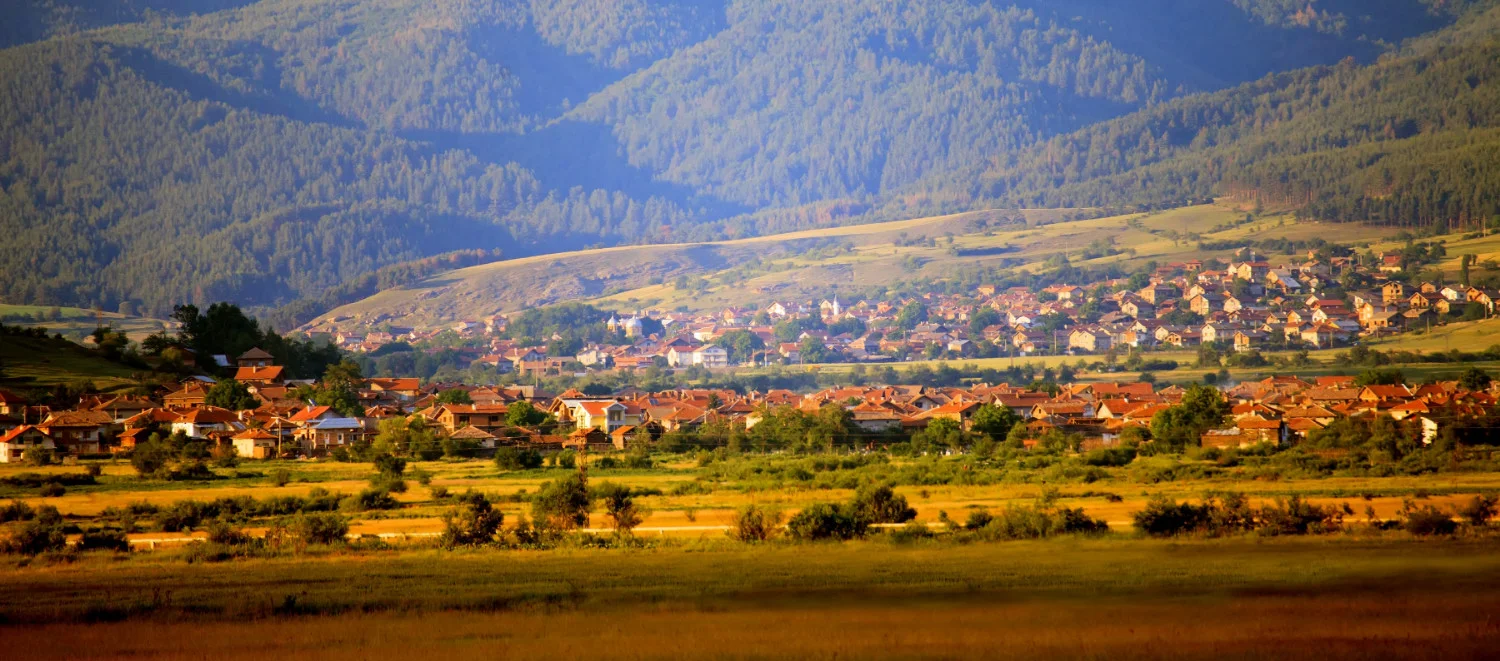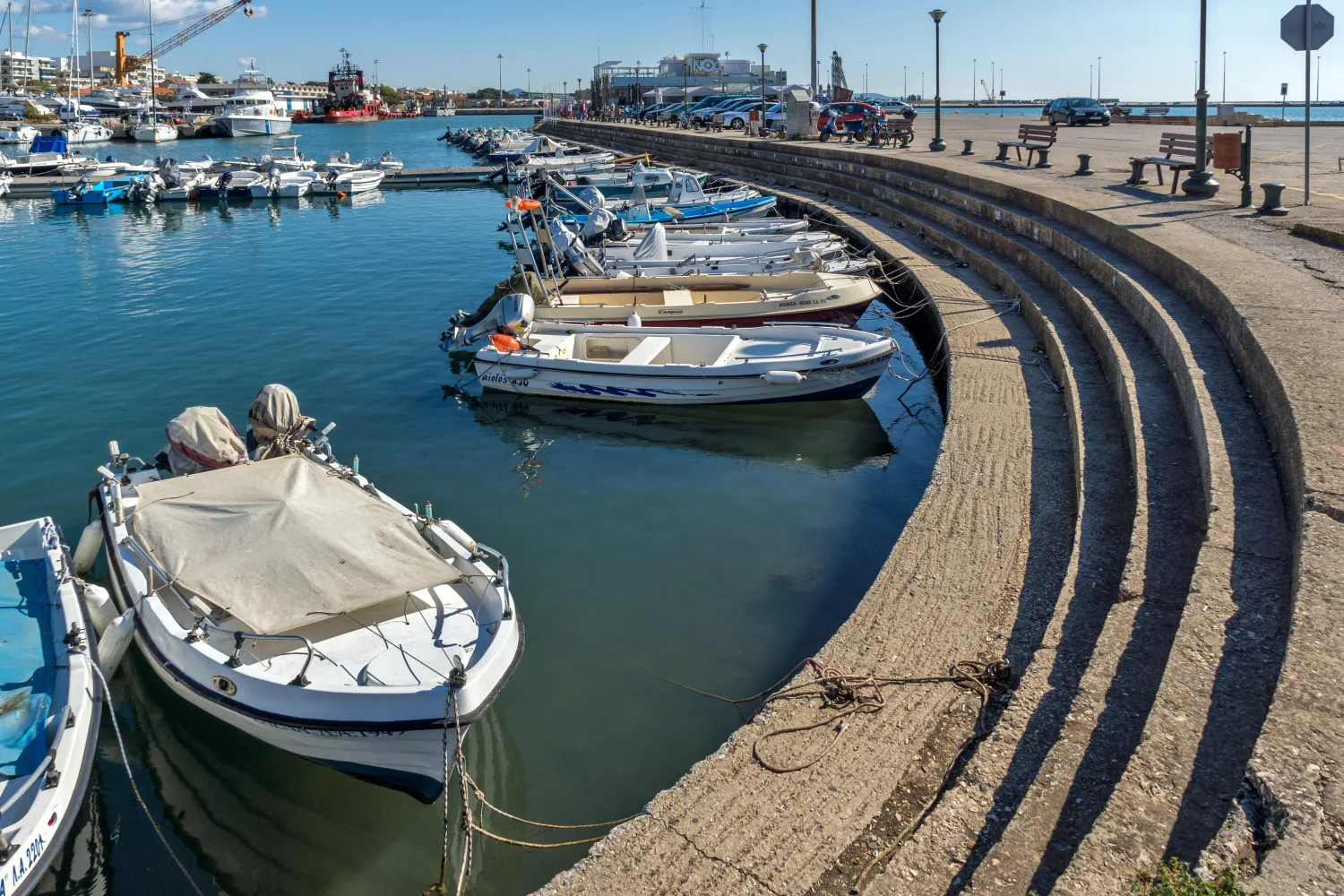A Road Users Guide to the Bulgaria Greece Border
The Greece-Bulgaria border represents not only the physical boundary that separates these member states of the European Union. It also symbolises the cultural and historical links between the two countries. In this guide, we set out to inform road users of all they will need to know when planning to transit the border fence.
You will find information about the six crossing points, along with nearby places of interest. You'll learn about regulations at the border and other background information that may be useful.
First let’s take a trip back in time and learn more about the Bulgarian border with Turkey.
A Brief History of the Bulgaria-Greece Border
The story of this border is both long and complicated. The region has been shaped by conflict, by regime changes, and the ever-shifting relations of the past. The rough border we see today was first established in 1919. This, after World War I and the fall of the Ottoman Empire. Subsequently, disputed relations over territory saw modifications occur. This was most notable in the aftermath of World War II, during which the region suffered prolonged battles.
An Era of Cooperative Border Management
Thanks, in part, to the formation of the European Union and the respective membership of Bulgaria and Greece, there exists a cooperative plan for border management. The two countries value both maintaining security and the importance of bilateral trade and tourism relations. Matters of infrastructure, illegal immigration, and policing are jointly managed.
To secure that Bulgaria-Greece border, the two nations share intelligence and conduct joint missions to prevent criminal activities. This includes border patrols and the implementation of best practices in border control. Both are committed to preventing human trafficking and attempts to cross illegally. Numerous measures have been put in place to locate and discourage such activities.
Procedures at the Border
- When approaching to cross the border, prepare yourself for various procedures that are to be followed by road users. Drivers and passengers will want to ensure that you have all documentation in order. This includes a valid passport (or identity card) and driving licence. Keep cash or other payment methods handy in case needed.
- Additionally, you should have vehicle registration papers (or the applicable document if your vehicle is rented). If you have incurred any fines in Bulgaria, you will need to pay these before proceeding. If you are required to have a visa to visit either country, this should be in your possession.
- You will have to go through immigration for passport stamping and customs control. Your vehicle may be searched at random and by x-ray. You should always comply with instructions from border officials and police. Queues to cross are not uncommon at the border, particularly during peak travel periods, such as holidays.
- Check online resources related to the border prior to travel, including webcams, if available. Also, allow yourself sufficient time for the border crossing when planning your journey. These procedures and recommendations apply whether crossing from the Greek side or the Bulgarian side.
- While this information is correct at the time of writing, be aware that procedures and requirements can change. This was the case during the recent pandemic. We recommend that you check for updates and travel advisories, affecting both Bulgaria and Greece, before your trip. With planning, patience, and cooperation, the rest of your border-crossing experience should be hassle-free.
- To use the Bulgarian roads there is the need of a Bulgarian vignette. While in Bulgaria the vignette is digitally linked to your license plate the tolling system in Greece is a bit outdated. You need to pay on the spot at toll gates. You can pay with credit card or cash.
.webp)
Bulgaria-Greece Border Posts at a Glance
We will now examine the six major border crossings for road users and travellers crossing the Greece border with Bulgaria.
Kulata - Promachonas Border Crossing
This is regarded as one of the main entry points between the two countries. If approaching from southwestern Bulgaria, you will use the A3/E79. This is a European Route, so the road designation is the same in Greece, or E25.
The nearest village is Kulata (Bulgaria) and Promachonas (Greece). Tourists may be interested in visiting the nearby city of Serres in Greece, which boasts a Byzantine Castle and archaeological museum.
This specific Greek and Bulgarian border crossing leads to one of the most important Bulgarian & North Macedonian border crossings named Zlatarevo - Novo Selo. If you plan to travel towards North Macedonia from North Eastern Greece we advise you to travel through Bulgaria. It will save you a long journey westwards through Greece.

Ilinden - Exochi
You can reach the Greece border on the Road 19 road when travelling in Bulgaria. In this case, the nearest village is Sandanski, renowned for its thermal springs and the Melnik wine region.
Across the frontier, the nearest town is Exochi, which connects to the crossing via the E57/E90. Within 50 km of this point is the city of Drama, appropriately name given its dramatic Ottoman and Byzantine architecture.
Zlatograd - Thermes
One of the lesser-known entry points on the Bulgarian border with Greece. From the nearest town on the Bulgarian side, follow Road 867 to the boundary. Continue on the E90. Zlatograd is well-preserved with an old town showcasing traditional architecture.
Over in Greece, the first town en route is Thermes. From here, it is a short drive to Nestos National Park on the Mediterranean.
Makaza - Nymfaia
Another option along the northern border of Turkey, if you wish to enter from Bulgaria. You'll reach the border via Road 5 in Bulgaria, via the nearest town, Kirkovo. It's worth spending a while in this area to appreciate the natural beauty.
Meanwhile, when approaching from the south in Greece, use the A23/E90, via Nymfaia. Just sixty kilometres west, you'll find the charming old town of Xanthi, steeped in Greek culture. It also provides access to the Greek Islands.

Ivaylovgrad - Kiprinos
Reach the border in Bulgaria via Republic Road 59. In Greece, the border is reached via an unnamed road which travel southwest from Kiprinos. Look out for the road signs to the border. Ivalyograd is known for the Ivalyograd Reservoir and scenic beauty. Visit the Thracian Tomb of Mikri Doxipara a short distance from the border within Greece. Driving north will get you to the Bulgarian – Turkish border at Edirne. As Turkey isn’t an EU country, you should be aware of possible custom controls if you plan to enter Turkey via Greece.
Ormenio-Haskovo
This is another important border crossing. Reach it via the E85 west of Svilengrad, after exploring the city's historical and cultural sites. Over the Greece border, the first major town encountered is Ormenio. This is considered the northernmost part of Greece.
You can easily reach the Mediterranean coast from here by visiting Alexandroupoli. This will also provide access to the northern Greek islands.
Infrastructure Development and Technological Advancements at the Bulgaria-Greece Border
Much investment has been made to ensure streamlined processes at the land border joining Bulgaria and Greece. This has come by way of modernising the checkpoints, expanding the road network, and adding facilities for road users. Combined, they aim to ensure a smooth flow of traffic, minimise waiting times, and improve the overall travel experience for travellers.
Additionally, technology has been employed to uplift management capacity along the border. Automated passport control and the use of biometric recognition make the immigration process more efficient. Likewise, surveillance technologies, such as CCTV, enhance border security and deters illegal immigration.
Joint Future Plans and Developments on the Bulgaria-Greece Border
Plans are in place for further cooperation by the two European countries, that will benefit both EU citizens and others. As new technologies emerge, they will be added to the border management toolkit.
Expansion, of the road network and border crossing capacity are being considered. Ultimately, the aim is to accommodate growing traffic volumes, promote economic growth, and strengthen bilateral integration.

Tourism Benefits to the Greek and Bulgarian Economies
Tourism is also set to benefit. Joint initiatives to highlight the historical and natural attractions of the border region are in place. These hope to attract visitors, thereby boosting the economy and fostering further cultural exchange.
The Bulgaria-Greece border hold much to attract road users. The landscape is spectacular. It is dotted with quaint villages rich in tradition and history. And there is a legacy of cooperation well-established between Greek and Bulgarian authorities. It plays no small part in fostering goodwill across this part of Europe.
It is believed that this will continue. These gateways of cultural, commercial, and economic exchange will see further modernisation to keep up with demand and growth. At the same time, the rich history and heritage of the Republic of Bulgaria and that of Greece will be preserved. And benefiting from it all, will be the road users drawn to the area, whatever their plan or passion.